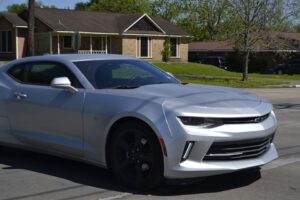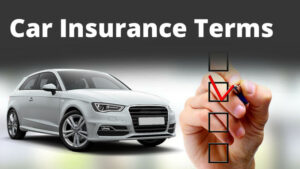 Courtesy of iii.org
Courtesy of iii.org
How To Lower Auto Insurance Cost
 Courtesy of iii.org
Courtesy of iii.org
Insurance in Ocala
By cary
 Courtesy of iii.org
Courtesy of iii.org
By cary
 Courtesy of iii.org
For parents, the excitement of having a first-time driver in the house is usually tempered with worry. With little driving experience, immature drivers are at a higher risk for accidents. Of course, safety concern is uppermost in most parents’ minds but other stressors—like the high cost of insuring your new driver and the financial liability implications of a teen driving mishap—can be reduced with these steps.
Courtesy of iii.org
For parents, the excitement of having a first-time driver in the house is usually tempered with worry. With little driving experience, immature drivers are at a higher risk for accidents. Of course, safety concern is uppermost in most parents’ minds but other stressors—like the high cost of insuring your new driver and the financial liability implications of a teen driving mishap—can be reduced with these steps.
By cary
 Courtesy of iii.org
Courtesy of iii.org
Road rage incidents are not only dangerous, they are exempted from coverage by many auto insurance policies. Understand your risks and take precautionary measures to avoid being a victim—or a cause—of aggressive driving accidents.
By cary
 Courtesy of http://www.iii.org/article/what-determines-price-my-auto-insurance-policy
The average yearly auto insurance premium is around $800, but there is wide variation around this average. Many factors can affect your premium, and they all help determine how likely you are to have an accident. Perhaps surprisingly, many of them do a better job than just your driving record. Not all companies use all of these factors, and some might use factors not listed here. Your premium may depend on, in no particular order:
Courtesy of http://www.iii.org/article/what-determines-price-my-auto-insurance-policy
The average yearly auto insurance premium is around $800, but there is wide variation around this average. Many factors can affect your premium, and they all help determine how likely you are to have an accident. Perhaps surprisingly, many of them do a better job than just your driving record. Not all companies use all of these factors, and some might use factors not listed here. Your premium may depend on, in no particular order:
By cary
 Courtesy of http://www.iii.org/article/what-determines-price-my-auto-insurance-policy
The average yearly auto insurance premium is around $800, but there is wide variation around this average. Many factors can affect your premium, and they all help determine how likely you are to have an accident. Perhaps surprisingly, many of them do a better job than just your driving record. Not all companies use all of these factors, and some might use factors not listed here. Your premium may depend on, in no particular order:
Courtesy of http://www.iii.org/article/what-determines-price-my-auto-insurance-policy
The average yearly auto insurance premium is around $800, but there is wide variation around this average. Many factors can affect your premium, and they all help determine how likely you are to have an accident. Perhaps surprisingly, many of them do a better job than just your driving record. Not all companies use all of these factors, and some might use factors not listed here. Your premium may depend on, in no particular order:
The Griffin Insurance Agency
2139 NE 2nd Street
Ocala, FL 34470
Phone: (352) 732-7105
Fax: (352) 732-9705
Hours: Monday-Friday: 9-5